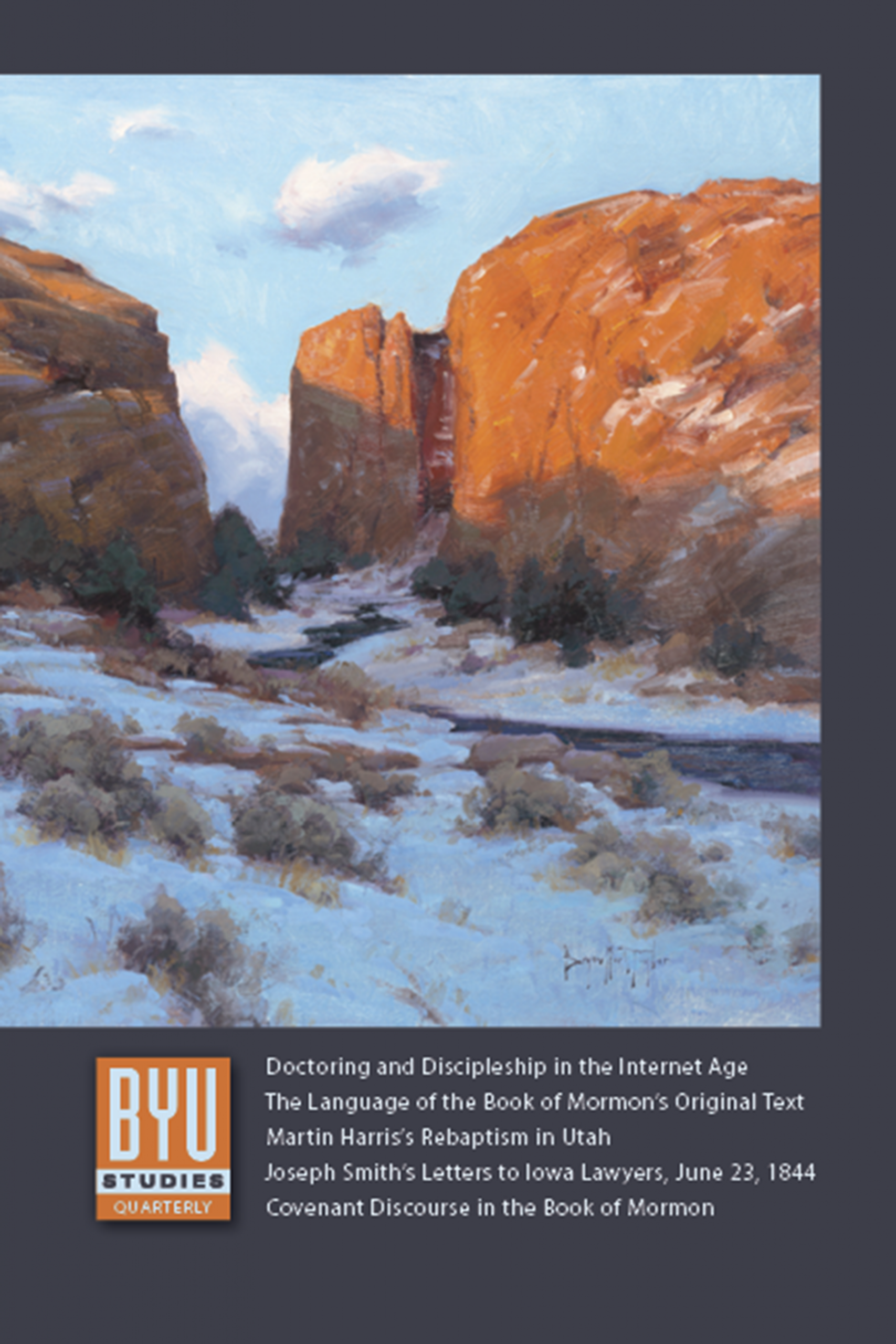Canadian Mormons
History of The Church of Jesus Christ of Latter-day Saints in Canada
Book Notice
-
By
Brian Champion,
Roy A. Prete and Carma T. Prete, eds., Canadian Mormons: History of The Church of Jesus Christ of Latter-day Saints in Canada (Provo, Utah: Religious Studies Center, Brigham Young University; Salt Lake City: Deseret Book, 2017)
The late Canadian sociologist Brigham Card once mentioned that Canadian Latter-day Saints orient themselves more north-south than they do east-west, which was his way of saying that Canadian Saints may pay more attention to Salt Lake than they do to each other. Were this still true, it would be difficult to assess any notion of nationalism among Canadian Saints, but Roy and Carma Prete have made a significant contribution to galvanizing a Canadian national LDS identity, even among so disparate a people.
First, this book is beautiful; the photographs and charts on clay-coated paper make this a work of art in addition to a work of history—it may legitimately claim space on any coffee table. And because of such high production values, it is heavy, making this a tome to remember.
The book’s 684 pages compose twenty chapters written by Canadian authors, who collectively have a wide breadth of academic and professional credentials. After a few chapters that introduce and give context to the rise of the LDS Church in Canada, the book then moves from west to east, explaining the rise of the Church in each Canadian province, starting with British Columbia and ending with the Atlantic Canadian provinces. While most of the chapters are focused on telling the history of the Church in a single province, Alberta gets three chapters, a de facto acknowledgement that the nucleus of the Church in Canada and Canadian Church history is parked on the southern Alberta prairies.
The history of the Church in each province is lovingly crafted, occasionally by the history-makers themselves, reflecting the expansion from inception to maturity. Humble beginnings, irrespective of geography, is the universal starting point, and each chapter traces the trajectory of the Church to its present status. The timelines presented as charts contextualize the growth, while simultaneously making the history seem not so long ago.
There are three intertwined but unacknowledged drivers of post-Manifesto expansion of the Church in Canada, which the Pretes could have analyzed in greater depth. The first is economic—Saints from the Alberta heartland left in search of jobs and greater economic security than rural southern Alberta could provide, seeding the growth of the Church in, first, western cities and then, later, in other urban centers in the east. The second driver of the Church’s expansion is fundamentally tied to the first, and that is the desire to pursue economic success through postsecondary education, which led intrepid souls to large, urban, Canadian universities. Thirdly, a socialized healthcare system, with various provincial augmentations and other safety-net options, made national or regional relocation more appealing for some Mormons—with their larger than average Canadian families—than a move to Utah. How do other markers of Canadian national identity insulate the Church from a Utahan or American influence? For instance, how do LDS Canadians celebrate Canada Day? How many young LDS Canadians play hockey? The ways in which Canada affected Mormons is as important a story as the ways in which Mormons affected Canada—perhaps in the next book.
For any Latter-day Saints who live or have lived in Canada, this will be a book of remembrance and of reacquaintance with familiar things. The chapter authors, the illustrators and the photographers, and the Pretes are to be commended on a stirring story so well and beautifully told.
Notes
- From the Editor 57:3
Introduction
- Reclaiming Reality: Doctoring and Discipleship in a Hyperconnected Age
- Understanding the Abrahamic Covenant through the Book of Mormon
- The Language of the Original Text of the Book of Mormon
- Joseph Smith’s Iowa Quest for Legal Assistance: His Letters to Edward Johnstone and Others on Sunday, June 23, 1844
- Martin Harris Comes to Utah, 1870
Articles
- Saints at Devil’s Gate: Landscapes along the Mormon Trail
- Race and the Making of the Mormon People
- Mormonism and the Emotions: An Analysis of LDS Scriptural Texts
- Unpopular Sovereignty: Mormons and the Federal Management of Early Utah Territory
- The Life of Orson F. Whitney: Historian, Poet, Apostle, As Recorded in His Daily Journals
- The Believing Scientist: Essays on Science and Religion
Reviews
- Lengthening Our Stride
- Canadian Mormons: History of The Church of Jesus Christ of Latter-day Saints in Canada
- From the Outside Looking In: Essays on Mormon History, Theology, and Culture
- Women and Mormonism: Historical and Contemporary Perspectives
- To Be Learned Is Good: Essays on Faith and Scholarship in Honor of Richard Lyman Bushman
- A Modest Homestead: Life in Small Adobe Homes in Salt Lake City, 1850–1897
Book Notices
Purchase this Issue
Share This Article With Someone
Share This Article With Someone
Lengthening Our Stride
Print ISSN: 2837-0031
Online ISSN: 2837-004X


